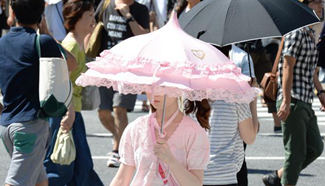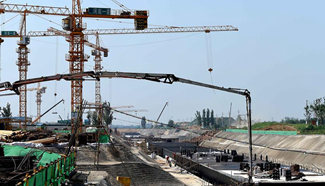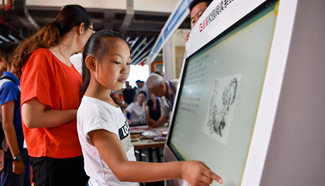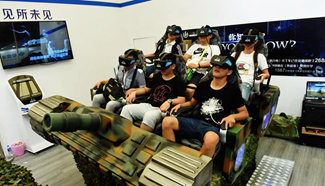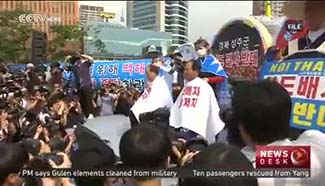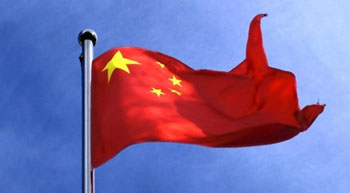BEIJING, July 30 (Xinhua) -- Chinese consumer spending on fast moving consumer goods in the second quarter grew 4.6 percent from a year ago, up from 2 percent in the first quarter, according to a recent report.
Fast-moving consumer goods (FMCG) refers to food and non-food everyday consumer products that sell quickly and at relatively low cost.
Modern trade channels, including hypermarkets, supermarkets and convenience stores, showed a similar trend of improved growth -- 1.4-percent growth in the second quarter compared to a decline of 0.5 percent in the first quarter of 2016, global research company Kantar Worldpanel said in a report released late on Friday.
Modern trade's growth was most prominent in county-level cities and their surrounding urbanized counties, with their growth rates at 2 percent and 3.9 percent respectively.
Kantar Worldpanel China measures household purchases over 100 product categories, including cosmetics, food and beverages and toiletry and household goods, through 40,000 sample families.
Modern trade in eastern and western China performed much better than southern and northern regions. The eastern region grew at 2.8 percent, helped by the strong performance of Sun-Art Group and Wal-Mart Group. Western China grew at 3.6 percent, driven by Wal-Mart Group and Yonghui Group.
U.S.-based Wal-Mart Group has seen relatively stable performance in 2016.
However, other international retailers such as Carrefour, Tesco and Lotus suffered continued share erosion, resulting in the overall poor performance of international retailers.
Sun-Art Group and Yonghui lead the growth among Chinese players. Sun-Art group managed to increase its shopper base through both continued development of existing stores and incremental opening of new ones.
Yonghui consolidated its position as a top-5 national retailer. Yonghui has continued to perform well in 2016 with fast growth in penetration and basket size, enabling its share to continue to exceed Lianhua Group in Q2 after first overtaking it in Q1.
Continuous FMCG slowdown, combined with the impact of e-commerce growth in China, has pressured physical retailers into finding new solutions to drive growth.
According to Kantar Worldpanel, in the 52 weeks ending on June 17, total FMCG e-commerce penetration reached 49 percent, adding another 10 percentage points from last year. Tmall and JD led online, with spending growth rates over 80 percent.
While continuing to experiment with their own e-shopping platforms, major retail chains are now seeking to bolster their performance through strategic partnerships with existing digital players.

